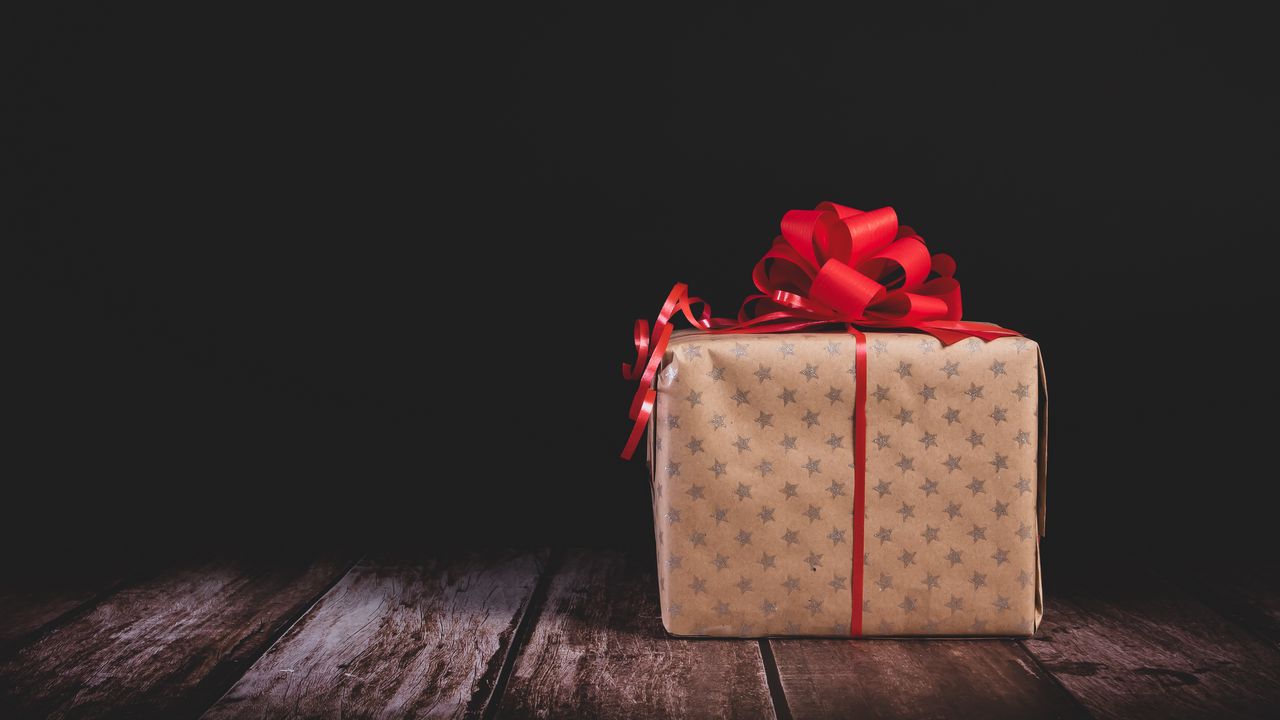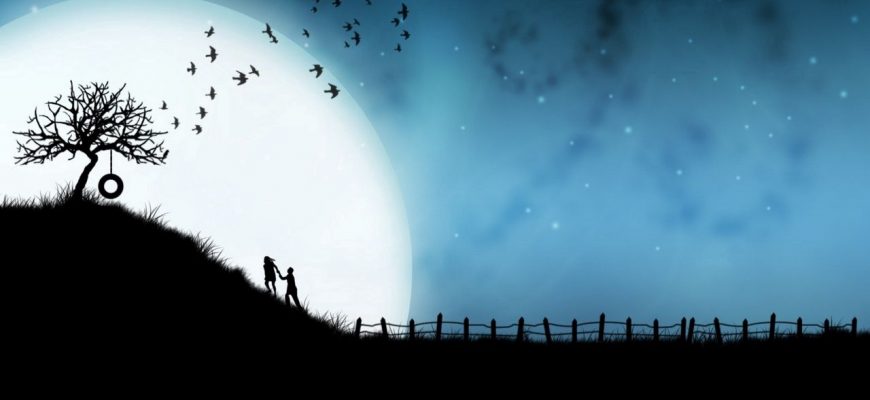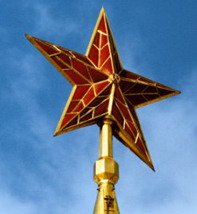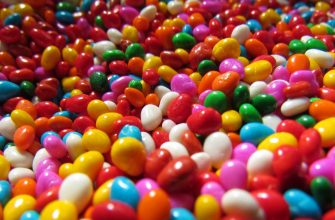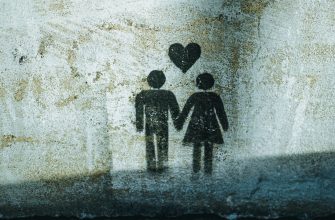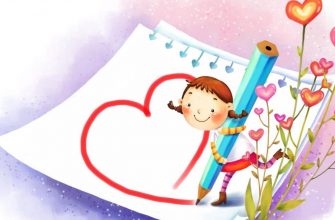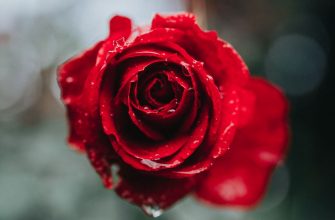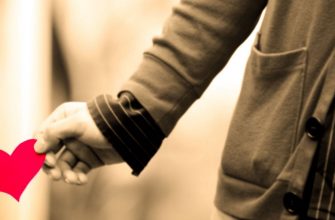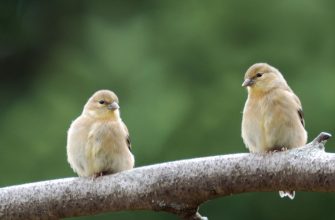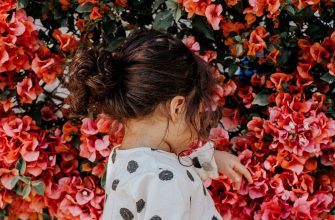Описание Кремля на английском языке: a guide to the Moscow Kremlin
Часто одной из первых ассоциаций, приходящих в голову при слове «Россия», является Кремль. Это одна из самых старейших и знаменитых достопримечательностей страны. Поэтому важно уметь рассказать о нем на английском языке.
Многие туристы, приезжая в Москву, первым же делом стараются попасть на Красную площадь, рядом с которой находится Кремль. Рассказывая про эту достопримечательность иностранцам, желательно устроить настоящую экскурсию. Если рассказ необходимо подготовить для занятия по английскому языку, то можно распечатать соответствующие картинки.
Свой рассказ можно начать именно с небольшой исторической справки. Здесь можно привести дату строительства, интересные исторические факты, например:
The construction of the Moscow Kremlin as a red-brick stone fortress began in the late 15th century. At that time Ivan III ruled over the united Russian state, and he invited Italian architects to supervise the reconstruction of the Kremlin. The newly-built stronghold was a massive brick wall with 20 towers. It surrounded the most important buildings, the construction of which was continued later. Now the Kremlin is one of the most ancient parts of the city.
Строительство Кремля началось в конце 15-го века. Тогда Русью правил Иван III, который пригласил итальянских архитекторов для строительства Кремля. В итоге была возведена кирпичная стена, имеющая 20 башен. Они окружали самые важные постройки, строительство которых продолжалось позже. Сейчас Кремль – старейшая часть города.
Можно рассказать о самом названии, особенностях архитектуры, рассказать про башни и основные строения, которые находятся здесь. Может получиться примерно так:
The meaning of the word “Kremlin” is «a fortress, a citadel inside a city», and its name corresponds to its appearance. From a bird’s-eye view the Kremlin looks like an irregular triangle. Each corner has one tower. But the Kremlin is not only a brick wall and imposing towers, it also includes five incredibly magnificent palaces and four cathedrals. The Spasskie Gates are the main entrance to the fortified complex. Cathedral Square and the Cathedral of the Dormition are situated in its heart. For 300 years the coronation of all Russian monarchs took place in the Cathedral of the Dormition.
Само слово Кремль имеет значение «крепость», название соответствует внешнему виду. С высоты птичьего полет, Кремль выглядит как неправильный треугольник. На каждом углу находится башня. Кремль — это не только стена и башни, в него входят пять невероятно красивых дворцов и четыре собора. Спасские ворота представляют собой главный вход. В центральной части достопримечательности находится Соборная площадь и Успенский собор. В течение 300 лет в Успенском соборе происходила коронация царей.
Но Кремль — это не только туристическая достопримечательность. В нем также находятся главные правительственные здания, и этому обязательно нужно уделить внимание.
The Kremlin is also the the seat of the Russian government. The Grand Kremlin Palace is the principal building, and the through-passage to it is located in the Nikolskaya Tower. The complex serves as the residence of the President of the Russian Federation.
Здесь располагаются и различные государственные учреждения. Главным зданием является Большой Кремлевский дворец. Проход к государственным учреждениям осуществляется через Никольские ворота. Здесь находится резиденция президента Российской Федерации.
Рассказ можно дополнить интересными фактами, это сделает его более занимательным.
The Ivan the Great Bell Tower is renowned for once being the tallest building in old Moscow and the tallest belfry in Russia. The Tsar Bell was installed nearby. It is the world’s largest bell and it weighs about 200 tons. The famous Tsar Cannon was constructed in 1586. The tallest tower of the whole Kremlin complex is the the Troitskaya Tower. One of the most popular towers is the Spasskaya Tower. Its senior architect was the famous Pietro Solari. The main Kremlin clock is situated here, and with its chimes the Russians celebrate the New Year.
Колокольня Ивана Великого знаменита тем, что она длительное время являлась самой высокой колокольней на Руси. Рядом был установлен Царь-Колокол. Он считается самым большим колоколом в мире и весит 200 тон. Знаменитая Царь-Пушка была создана в 1586 г. Самой высокой башней является Троицкая башня. Одной из популярнейших башен является Спасская башня. Ее строительство возглавил итальянский архитектор Пьетро Солари. На ней находятся часы, с боем курантов которых россияне встречают Новый год.
И в заключение можно рассказать о своих впечатлениях, поделиться своим опытом посещения Кремля. Если до сих пор не было возможности лично побывать там, то можно высказать намерение посетить Кремль в ближайшем будущем.
Знаменитое здание в России (Московский Кремль)
A famous building in Russia
The Moscow Kremlin is probably the most famous building not only in Russia, but also far from its borders. And though it’s a cluster of facilities, it is famous firstly for the Spasskaya (Saviour)Tower. It’s worth mentioning that the well-known symbol of our country was erected in the 15th century by the Swiss architect Pietro Solari. And later another foreigner Christopher Galloway built its multistage Gothyc style upper part.
Initially the tower wasn’t called so. It was named Frolovskaya or Frololavrskaya after the Frol and Lavr’s church the way form which it laid. But on the day of Alexey Romanov’s coronation a blind person Petr Palkin was cured by the the icon of ‘Spas Nerukotvorny’ (‘The Saviour Not Made by Hands’), which was in Vyatka then. This was considered a good sign and in January 1647 the icon was carried through the tower’s gate, Since then both the gate and the building have been called Saviour.
Throughout its existence the edifice has been reconstructed many times. And even the Kremlin chimes have been restored and renovated. In 1937 a ruby star was installed at the top of the tower. During the Great Patriotic War strafings the Kremlin stars were covered by special sheetings for them not to be damaged.
Московский Кремль – пожалуй, самое известное сооружение не только в России, но и далеко за её пределами. И хотя это целый комплекс построек, наибольшую славу ему принесла Спасская башня. Интересно, что знаменитый символ нашей страны был построен в XV веке архитектором-швейцарцем Пьетро Солари. А позднее другой иностранец Христофор (Кристофер) Галовей надстроил многоярусный верх в готическом стиле.
Изначально она носила другое название. Её называли Фроловской или Фрололаврской по названию церкви Фрола и Лавра, в сторону которой вела дорога от её ворот. Но в день венчания на царство Алексея Романова слепой Петр Палкин исцелился от иконы Спаса Нерукотворного, которая тогда находилась в Вятке. Это посчитали добрым знаком и в январе 1647 г. икону внесли в стены Кремля через ворота, которые с тех пор стали называться Спасскими. Также стала именоваться и башня.
За время своего существования это сооружение претерпело значительные изменения. Оно несколько раз перестраивалось и в современном виде уже мало напоминает первоначальное строение. Даже установленные на ней куранты неоднократно реставрировались и заменялись. В 1937 году навершие в виде рубиновой звезды украсило верхнюю часть башни. Во время Великой Отечественной войны во время обстрелов кремлёвские звезды закрывали специальными чехлами, чтобы они не пострадали.
The Kremlin
The Kremlin is the symbol of first Russian and later Soviet power and authority. Its red brick walls and 20 towers were built at the end of the 15th century, when a host of Italian builders arrived in Moscow at the invitation of Ivan III the Great. Of the most important towers, the Saviour (Spasskaya) Tower leading to Red Square was built in 1491 by Pietro Solario, who designed most of the main towers; its belfry was added in 1624-25. The chimes of its clock are broadcast by radio as a time signal to the whole nation.
Also on the far northern corner of Red Square is the St. Nicholas (Nikolskaya) Tower, built originally in 1491 and rebuilt in 1806. The two other principal gate towers, the Trinity (Troitskaya) Tower, with a bridge and outer barbican (the Kutafya Tower), and the Borovitskaya Tower, lie on the western wall. Within the Kremlin walls is one of the most striking and beautiful architectural ensembles in the world: a combination of churches and palaces, which are open to the public and are among the city’s most popular tourist attractions, and housing the highest offices of the state, which are surrounded by strict security.
Around the central Cathedral Square (Sobornaya Ploshchad) are a troika of three magnificent cathedrals, superb examples of Russian church architecture at its height in the late 15th and early 16th centuries. These and the other churches in the Kremlin ceased functioning as places of worship after the Revolution and are now museums. The white stone Cathedral of the Assumption (Uspensky Sobor) is the oldest, built in 1475-79 in the Italianate-Byzantine style. Its pure, simple, and beautifully proportioned lines and elegant arches are crowned by five golden domes. The Orthodox metropolitans and patriarchs of the 14th to the 18th century are buried there.
Across the square is the Cathedral of the Annunciation (Blagoveshchensky Sobor), built in 1484-89 by craftsmen from Pskov; though burned in 1547, it was rebuilt in 1562-64. Its cluster of chapels is topped by golden roofs and domes. Inside are a number of early 15th-century icons attributed to Theophanes the Greek and to Russian monk Andrey Rublyov, considered by many to be the greatest of all Russian icon painters.
The third cathedral, the Archangel (Arkhangelsky), was rebuilt in 1505-08; in it rest the remains of the princes of Moscow and tsars of Russia (except Boris Godunov) up to the founding of St. Petersburg. Just off the square stands the splendid, soaring white bell tower of Ivan the Great; built in the 16th century and damaged in 1812, it was restored a few years later. At its foot is the enormous Tsar Bell (Tsar-Kolokol), cast in 1733-35 but has never rung. Nearby is the Tsar Cannon (Tsar-Pushka), cast in 1586. Beside the gun, the mid-17th-century Cathedral of the Twelve Apostles (Sobor Dvenadtsati Apostolov) and the adjoining Patriarchal Palace are both located.
On the west of Cathedral Square is a group of palaces of various periods, such as the Palace of Facets (Granovitaya Palata) built in 1487-91, named for the exterior finish of faceted, white stone squares. Behind it is the Terem Palace of 1635-36, which incorporates several older churches, including the Resurrection of Lazarus (Voskreseniye Lazarya), dating from 1393. Both became part of the Kremlin Great Palace, built as a royal residence in 1838-49 and formerly used for sessions of the Supreme Soviet of the U.S.S.R.,with its long, bright yellow facade overlooking the Moskva River. It is connected to the Armoury Palace (Oruzheynaya Palata), built in 1844-51 and now contains the Armoury Museum, which houses a large collection of treasures of the tsars.
Along the northeast wall of the Kremlin are the Arsenal (1702-36), the former Senate building (1776-88), and the School for Red Commanders (1932-34). The only other Soviet-period building within the Kremlin is the Palace of Congresses (1960-61), with a vast auditorium used for political gatherings and as a theatre.
Тема / Топик по английскому языку:
The Kremlin
The Kremlin is the heart of Moscow. It is surrounded by a high wall of 2 1/2 kilometres long, built by the Russian builders by order of Ivan III (1462-1505), and supervised by the Italian architects. The twenty towers on the Kremlin wall, which give it a unique aspect, were built for decoration and have no military significance. They were constructed in the seventeenth century when Moscow had ceased to be a fortress. Among the ancient buildings in the Kremlin are the churches and a tall bell tower built in 1600 by Russian architects under Boris Godunov and known as the Bell Tower of Ivan the Great. The largest cathedral, the Uspenski (Assumption), was built in 1475-1479 by Aristotle Fiorovante. There are some very fine old frescoes, some of which were restored in the XX-th century. It was there that the Russian tsars and emperors were crowned.
The Archangel Cathedral was built in 1505 by the Italian architect, Aleviso Novy. The tombs of the Moscow princes and tsars are here, among them the graves of Ivan the Terrible, of his son Ivan, and of his second son, Tsar Fyodor. The Blagoveshchensky (Annunciation) Cathedral was built in 1484 by architects from Pskov. It is noted for the unusual oil paintings done in the fifteenth and the sixteenth centuries by Andrei Rublev and his pupils, the greatest artists of the time.
Facing the same square is a very beautiful building known as Granovitaya Palata (Palace) which was built in the end of the 15th century by Marco Ruffo and Pietro Solari. In this palace the Moscow tsars held magnificent receptions in honour of foreign ambassadors. The Granovitaya Palace is connected with the enormous Grand Kremlin Palace.
Among other historical monuments in the Kremlin are the Tsar Cannon (sixteenth century) and the Tsar Bell (eighteenth century), both of enormous size and made by Russian masters. In a large wing of the Palace is the Armoury and a museum of applied art where imperial collections of utensils, furniture, weapon and garments of eastern and western workmanship are on display.
In the north-eastern section of the Kremlin is a beautiful building of classic design built by the most famous Russian architect of the eighteenth century, M. Kazakov. In the square opposite this building is the former Arsenal, along the facade of which are numerous cannons captured by the Russian Army from Napoleon in 1812-1814.
Topical Vocabulary

The Grand Kremlin Palace was built in the early 1800 s as an imperial residence. The building later was the meeting place of the Supreme Soviet, the parliament of the Soviet Union. In 1992, Russia’s Congress of People’s Deputies met in the Grand Kremlin Palace. The Palace of Congresses, built in 1961, is used for cultural performances and government meetings and receptions. From 1961 to 1990, it also housed Soviet Communist Party meetings.
The Kremlin has a long history as a seat of government in Russia. Beginning in the 1100 s, when Moscow was the centre of one of many Russian states, its princes ruled from the Kremlin. The Kremlin was the centre of czarist rule from the mid-1500s until 1712, when Peter the Great moved the Russian capital to St. Petersburg.
In 1918 Moscow and the Kremlin again became the seat of government, shortly after the Communists took control of Russia. The Kremlin remained the seat after the Communists formed the Soviet Union in 1922. With the break-up of the Soviet Union in 1991, the Kremlin became the seat of government of an independent Russia.
The Kremlin is a triangular enclosure extending almost 11.2 miles (2.4 kilometres) around. Views of the Kremlin can be breathtaking. Especially impressive are its gilded domes, its tapered gate towers, and the contrast between the threatening boundary wall and the richness and intricacy of the interior. The variety of styles and lavish decoration give an impression of powerful magnificence. Today, many Kremlin buildings serve as museums. The Kremlins historical treasures include paintings, jewels, and crowns worn by Russia’s czars.
The first Kremlin on the site was built in 1156. The present Kremlin walls have stood since the late 1400’s, when Moscow became the most powerful Russian city. At that time, architects from northern Italy and from throughout Russia were called to work on the Kremlin.
In the 1475-1479 Italian architects built the Cathedral of the Assumption, the Bell Tower of Ivan the Great (1505-1508), the Granovitaya Palace (1487-1491), and the Cathedral of the Archangel Michael (1505-1509). The architects blended the Italian Renaissance classical style with more traditional Russian forms, like those used in the Kremlin’s Cathedral of the Annunciation (1484-1489).
In the 1600’s, the Kremlin’s towers and buildings were enlarged and redecorated. The major Kremlin buildings of this period are the Terem Palace (1635-1636) and the Palace of the Patriarchs (1645-1655). In the 1700’s and 1800’s, construction continued but in the baroque and later neoclassical styles. Notable buildings from this period include the Arsenal (1702-1736), the Senate (1776-1787), the Menshikov Tower (1705-1707), and the Grand Kremlin Palace (1838-1849). Buildings added during the 1900’s include the Presidium (1932-1934) and the Palace of Congresses (1960-1961). The great hall of the Palace of Congresses houses government meetings and performances of ballets and operas.
В самом сердце Москвы стоит Кремль. Эта старая крепость была центром правительства Советского Союза, пока эта страна не прекратила существование в 1991 г. С тех пор он стал центром российского правительства. В его стенах, которые простираются почти на 11,2 мили (2,4 километра), находятся красивые соборы и дворцы, а так же правительственные здания. Постройки некоторых соборов датируются 1400 г. Многие цари похоронены в соборе Архангела Михаила.
Большой Кремлевский дворец был построен в начале 1800-х как резиденция императора. Позже здание было местом заседаний Верховного Совета, парламента Советского Союза. В 1992 г. съезд народных депутатов России собрался в Большом Кремлевском дворце. Дворец съездов, построенный в 1961 г., используется для культурных мероприятий и правительственных встреч и приемов. С 1961 до 1990 гг. в нем также проводились заседания Коммунистической партии Советского Союза.
У Кремля есть долгая история как у места заседания правительства в России. Начиная с 1100-х, когда Москва была центром одного из многих российских государств, его князья управляли из Кремля. Кремль был центром царского правления с середины 1500-х до 1715 г., когда Петр Великий переместил российскую столицу в Санкт-Петербург.
В 1918 г. Москва и Кремль снова стали местом заседания правительства, вскоре после того, как коммунисты взяли под свой контроль Россию. Кремль оставался местом заседаний после того, как коммунисты образовали Советский Союз в 1922 г. С распадом Советского Союза в 1991 г., Кремль стал местом заседаний правительства независимой России.
Кремль представляет собой треугольник с периметром почти 11,2 мили (2,4 километра). Виды Кремля захватывают дух. Особенно впечатляют его позолоченные купола, его клиновидные башни ворот, и контраст между угрожающей крепостной стеной и богатством и сложностью интерьера. Разнообразие стилей и богатого художественного оформления производит впечатление грандиозного великолепия. Сегодня, многие Кремлевские здания служат музеями. Исторические сокровища Кремля включают картины, драгоценности, и короны, которые носили цари России.
В 1156 г. был построен первый Кремль на этом участке. Существующие Кремлевские стены стоят с конца 1400-х, когда Москва стала самым сильным российским городом. В то время созвали архитекторов из северной Италии и из всех уголков России, чтобы построить Кремль.
В 1475-1479 годах итальянские архитекторы построили Успенский Собор, Колокольню Ивана Великого (1505-1508), Грановитую палату (1487-1491), и Собор Архангела Михаила (1505-1509). Архитекторы смешивали классический стиль итальянского Ренессанса с более традиционными российскими формами, как те, которые использовались в кафедральном Благовещенском соборе (1484-1489).
В 1600-х башни Кремля и здания были увеличены и украшены заново. Главные Кремлевские здания этого периода — Дворец Терем (1635-1636) и Дворец Патриархов (1645-1655). В 1700-х и 1800-х, строительство продолжалось, но уже в стиле барокко и более поздних неоклассических стилях. Известные здания этого периода включают Арсенал (1702-1736), Сенат (1776-1787), Башню Меньшикова (1705-1707), и Большой Кремлевский дворец (1838-1849). Здания, добавленные в течение 1900-х, включают Президиум (1932-1934) и Дворец Съездов (1960-1961). Большой зал Дворца Съездов служит местом проведения съездов, а также балетных и оперных спектаклей.
Поделиться ссылкой на эту страницу в любимой соцсети:
Англо-русский словарь онлайн 
5 тестов скорости!
